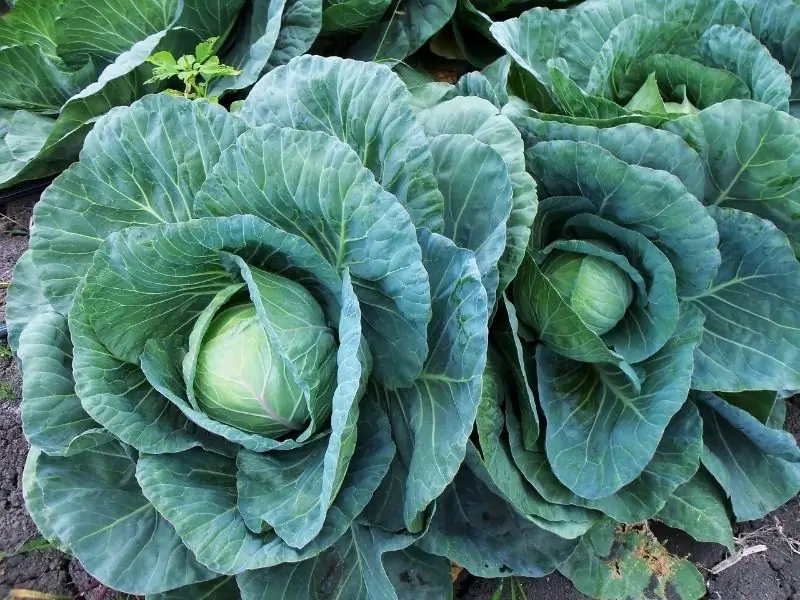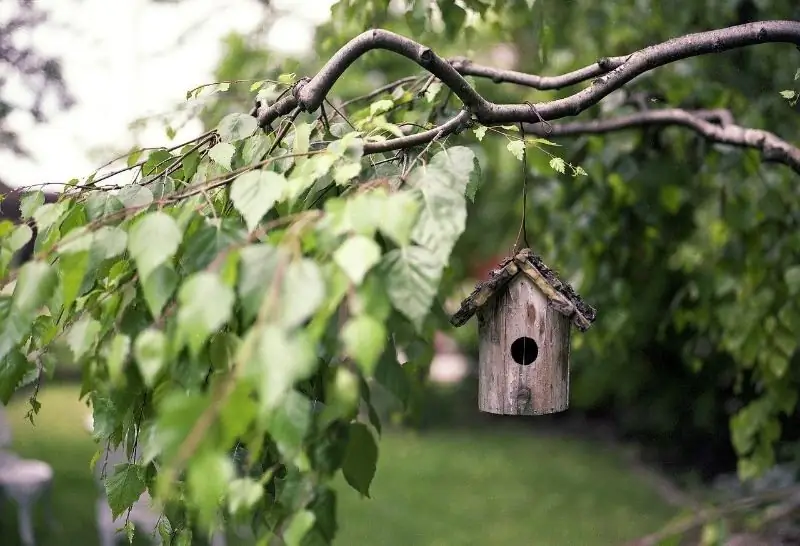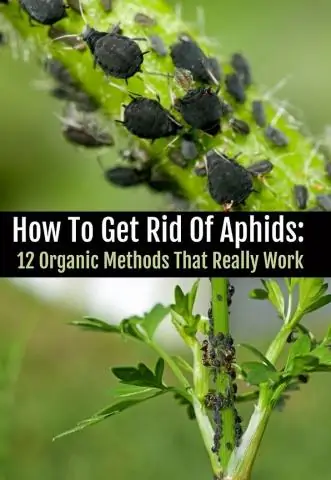
Table of contents:
- Author Bailey Albertson [email protected].
- Public 2023-12-17 12:53.
- Last modified 2025-01-23 12:41.
9 easy ways to protect your garden from slugs

Slugs are capable of destroying the entire crop. Most of all they like young soft leaves. There are effective methods to help you combat these pests.
Coffee solution
The smell of coffee scares away not only slugs, but also snails. This drink destroys their nervous system, which leads to the death of pests.
To prepare the product, dilute twice the regular instant coffee in a cup. The resulting liquid is used for mulching the soil or for spraying damaged vegetables.
Planting aromatic plants
The strong smell of crops such as garlic or lavender irritates the receptors of the slugs and prevents them from approaching vegetables. Plants with a pronounced aroma also include rosemary, thyme, sage, thyme, santolina, laurel and others.
When planting herbs, you yourself must clearly feel their smell, otherwise there will be no effect. An alternative way is to spray garden crops with infusions of the above plants.
Plastic gutters
Pick up or build plastic gutters and place them around the perimeter of the beds so that their edges fit snugly together, forming a single mechanism. Fill the resulting structure with water. Slugs do not know how to swim, so this design will serve as an excellent obstacle for them.
Attracting birds

One of the effective methods is to provoke the natural extermination of pests. This can be done by attracting birds, frogs, lizards, hedgehogs and some beetles.
The easiest way to lure birds to the site is to build feeders and place food there. The birds that have flown in will also destroy the bred slugs.
Porous materials
It's hard for slugs to navigate ribbed bulk materials, take advantage of this. A scattering of gravel, crushed eggshells or shells can be used as a barrier. Dry sawdust or spruce needles are also good.
Pour the harvested material into the aisles. However, it should be borne in mind that the effectiveness of such an obstacle decreases with the arrival of rains - it is much more convenient for slugs to move on a wet and slippery surface.
Plastic headbands
In the assortment of specialty stores, you can find special plastic or copper headbands with folded edges. Such a structure must be fixed in the ground around the plant. It will serve as an obstacle.
The copper construction has the advantage: when the metal surface contacts the pest's belly, a chemical reaction occurs, destroying the secreted mucus.
Beer trap
Slugs love the smell of beer or kvass, and this can be used when making a trap. The container with the liquid should be dug into the ground at soil level so that the pests can crawl inside unhindered. They will no longer have the opportunity to get out, slugs cannot swim.
To prevent precipitation or small debris from getting into the beer, you need to cover the trap on top with a small homemade umbrella or purchase the entire structure in a specialized store. The container must be checked and emptied every morning.
Granular material
A good alternative to homemade mechanical barriers is a commercially available granular material such as Slug Stoppa Granules.
The granules must be scattered around the plants, it will prevent the slugs from moving, and also absorb the moisture and mucus they release. The surface of the pests' bodies is dried up, and the vegetables remain intact.
Old tops and leaves
Use the leaves and stems of slugs' favorite garden crops as a distraction, such as tomatoes, lettuce, cucumbers, etc. Spread the tops between the rows: the pests will be carried away by it and will not have time to get to the living plants.
From time to time, collect the leaves along with the slugs and discard them, replacing them with new ones.
Recommended:
Chamora Turusi Variety Of Garden Strawberries - Features, Care And Other Important Aspects, The Difference Between Strawberries And Garden Strawberries + Photo

Everything about the Chamora Turusi strawberry variety: from planting and care to picking berries. Productivity, terms of fruiting, reviews of gardeners
How To Get Rid Of Aphids In The Garden And In The Garden: Effective Methods Of Control

What is aphid, what does it look like and what it eats. Insect species. Control methods: folk remedies and insecticides. Pest prevention
Fences For Garden Beds With Your Own Hands - How To Make A Fence For A Front Garden, Flower Garden Or Vegetable Garden, Step By Step Instructions With A Photo

Options for fences for a suburban area. Their pros and cons. How to install a holder for plastic bushes, a flower bed from bottles: step by step instructions. Video
What Can Be Planted In June In The Country: Plants For The Garden, Vegetable Garden And Flower Garden

Plants suitable for planting in the garden in June are greens, roots, other vegetables, flowers. What can be planted in open ground and in a greenhouse. Gardener's recommendations
5 Simple Rules To Help Protect Your Skin From Premature Aging

How to protect your skin from premature aging and wrinkles by following a few simple rules
